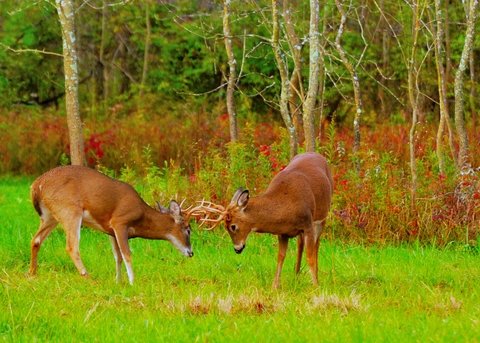One of the most important times of deer season is the rut. Understanding when the rut occurs and how it can affect deer hunting can improve your odds for success.
Actually figuring out when the rut will be in full swing is fairly easy. Because the rut is sexual, it hits a consistent peak about the same time every year. However, the time of year varies from state to state.
Sometimes hunters get too concerned with temperatures and corn harvest and other
factors, but these factors do not affect the rut. The rut is almost carved in stone, occurring at the same time every year, in a given location.
Determining the peak time of the rut is important for hunters, because during this time, buck activity is very high. Their activity increases because they need to increase their opportunities to find a receptive female. A female is only receptive for 24 to 36 hours.
Warm temperatures can sometimes change a buck’s activity during the rut. If deer have their winter coats and the weather is unseasonably warm, their activity will be about the same as the hunters, who will be sitting around with their coats and shirts off trying to get cool. On a warm day a lot of hunters may think the rut is not on because activity is down, but the rut goes on without fail.
When whitetails have their winter coat, temperatures below freezing are optimal for buck activity.
Hunters scouting deer hunting locations should look for two main rut signs. The first is increased buck activity, and the second is ground scraping.
The scraping is the buck’s way of locating a female coming into heat. Females urinate in the scrapes, males urinate in the scrapes, so fresh scrapes are a good tip-off active bucks are in the area. Ideally, hunters should get their noses right down to the ground and smell for fresh urine.
Sometimes, a mature buck can force younger bucks to move out of an area. If a mature buck finds a receptive female, the other bucks in the area often leave, because they do not have a chance. So an area that had been scouted to be a good area, may no longer be as good.
Because deer are so active during the rut, they often receive the highest hunting pressure during this period. After the rut they can be more skittish and may move away from areas they were frequenting during the rut.
After the rut, hunters should start their scouting process all over again, to find current buck activity. A lot can change in a matter of weeks. Areas that scouted well for deer activity a few weeks earlier, may now have few or no deer, because they have moved or were shot by other hunters.
If you are unsure of when the rut typically occurs in your region, call your local state wildlife biologist. They can provide you with this information and get you started on using the rut to improve your hunting success.
Photo credit: Dreamstime
Deer
-
Let's go surfin' dude!
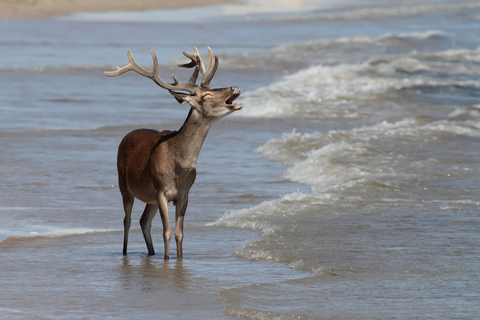
-
Beautiful whitetail deer
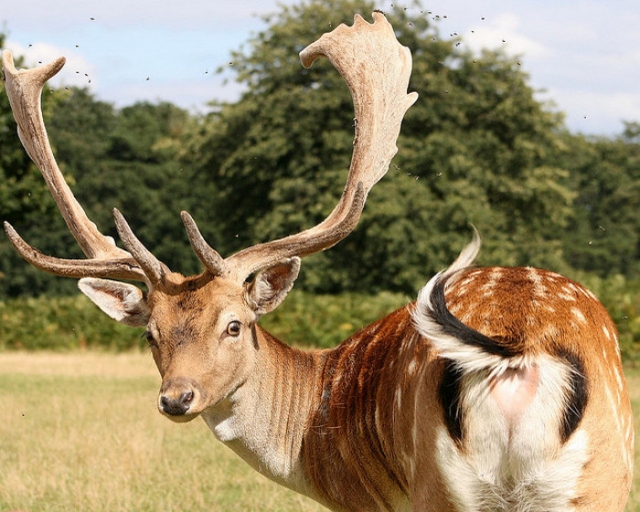
-
Do these stripes look like targets?
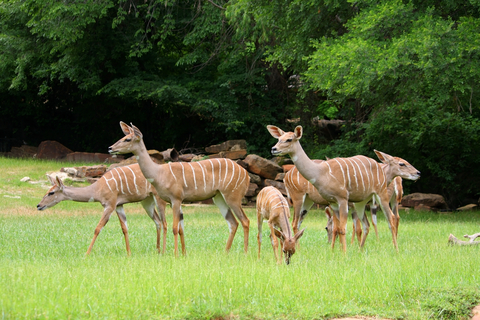
-
Deer down
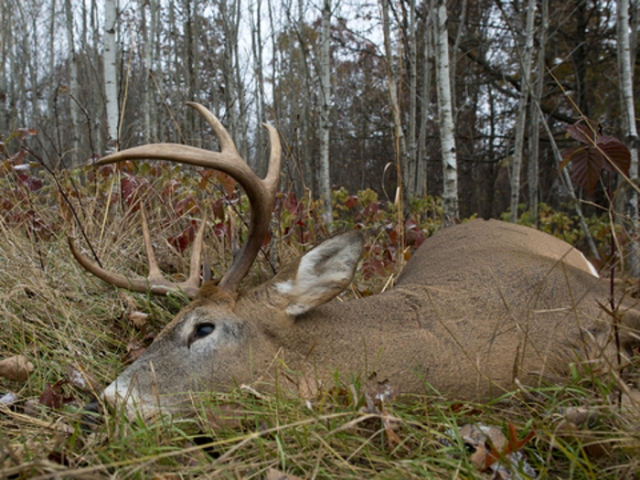
-
Maybe this rock will provide cover.

-
Hey little guy.

-
I'm a pretty boy.
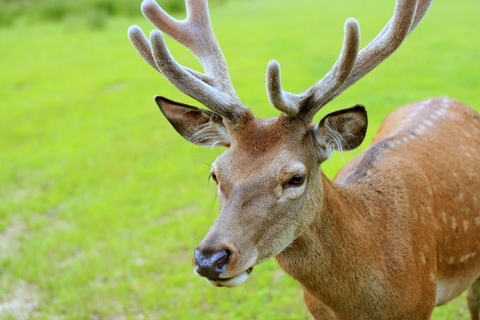
-
Do my ears look big to you?
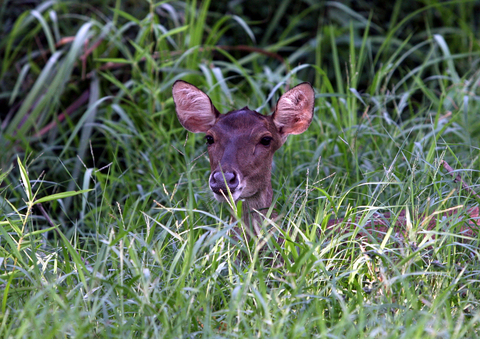
-
The perfect shot

-
I'm just going to learn to like this stuff.
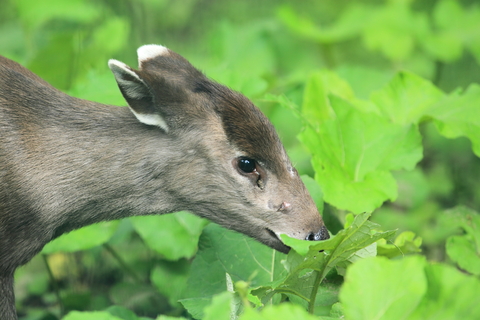
-
A rare albino deer
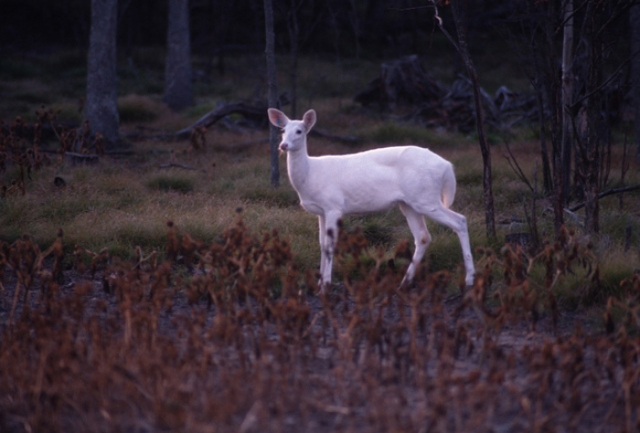
-
Blacktail deer in dry grass
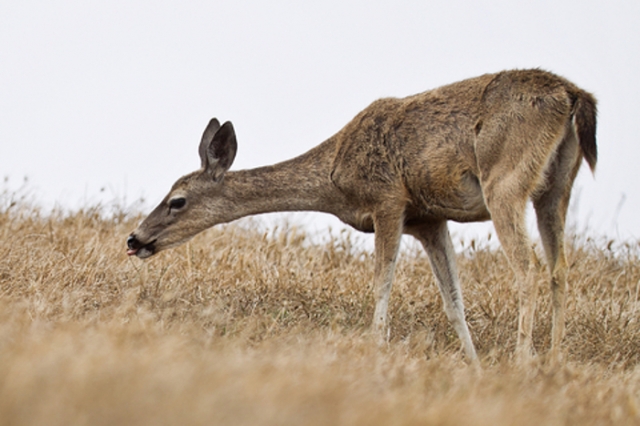
-
Blacktail deer on lush hillside
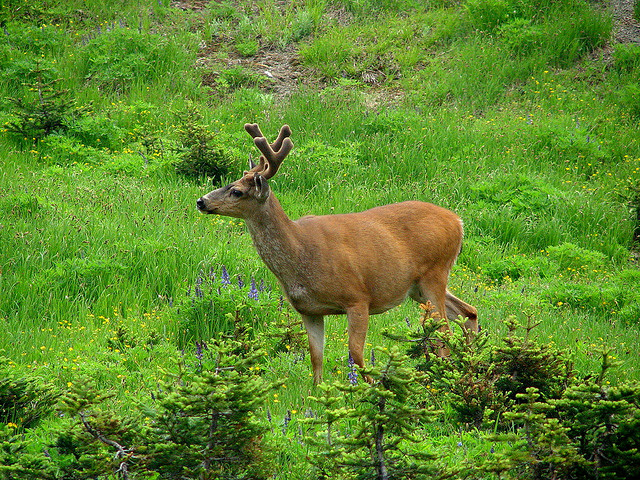
-
A leen blacktail deer seeks shade
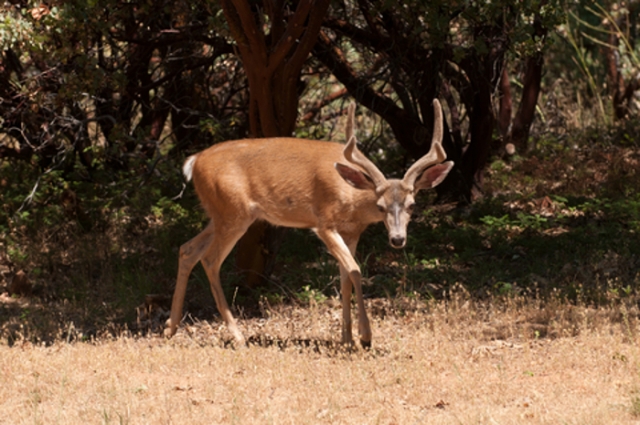
-
Deer in Brownfield, Texas
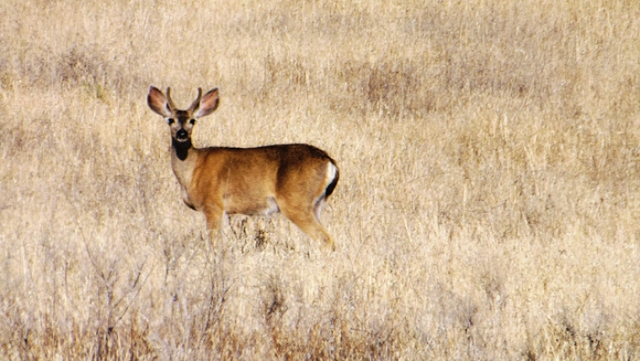
-
Deer in the rain
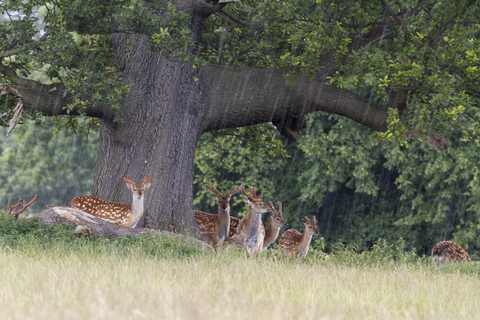
-
Red deer with beautiful antlers
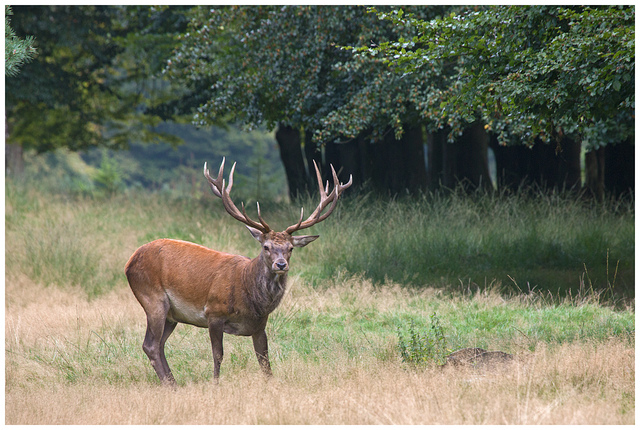
-
Red deer on a hillside
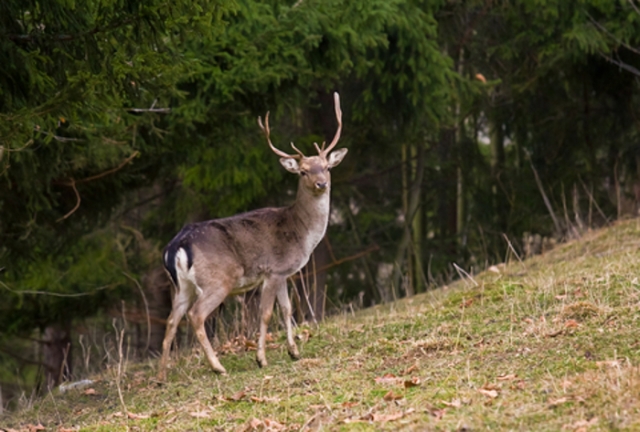
-
Jump! Let's go!
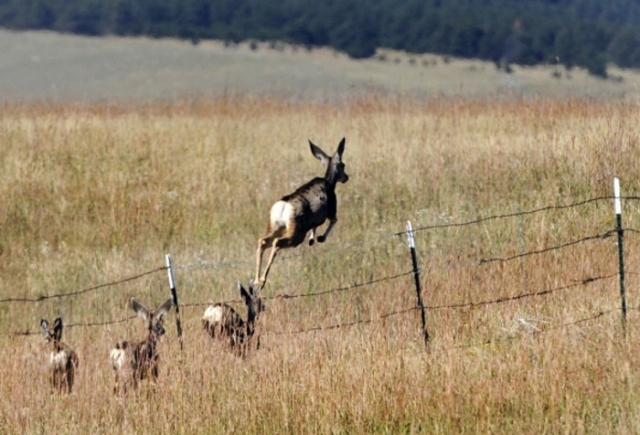
x-default
